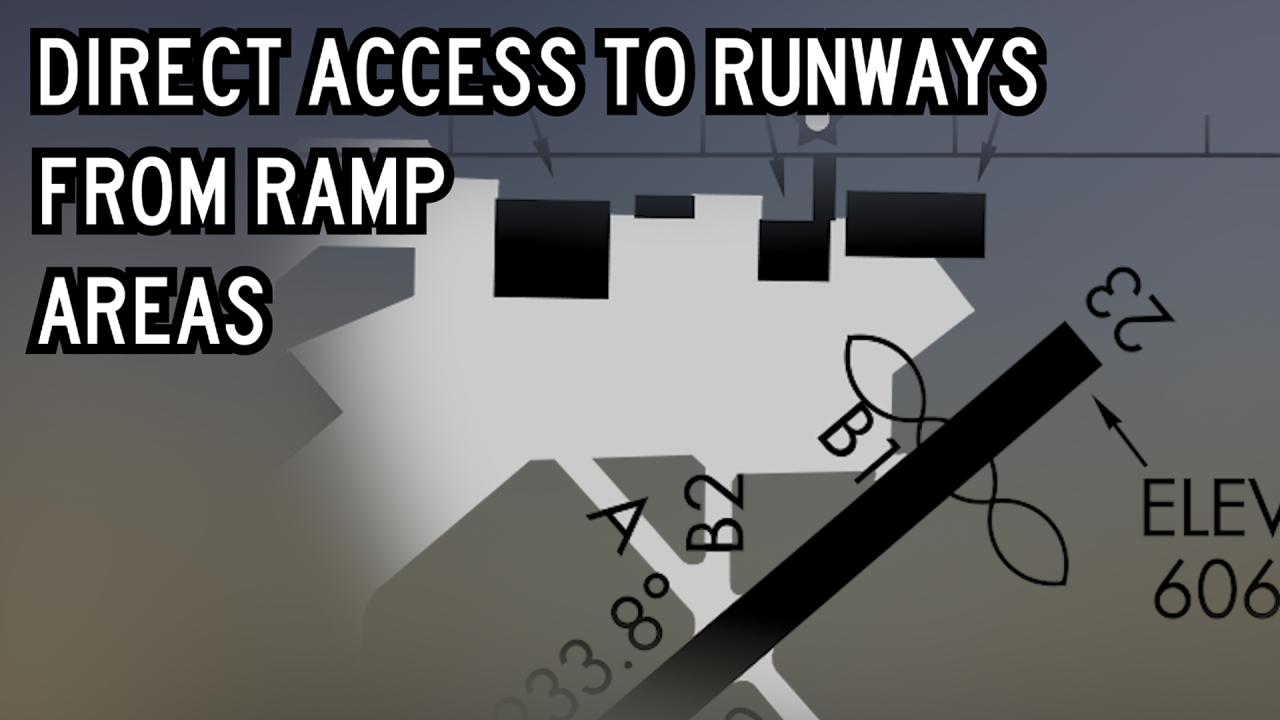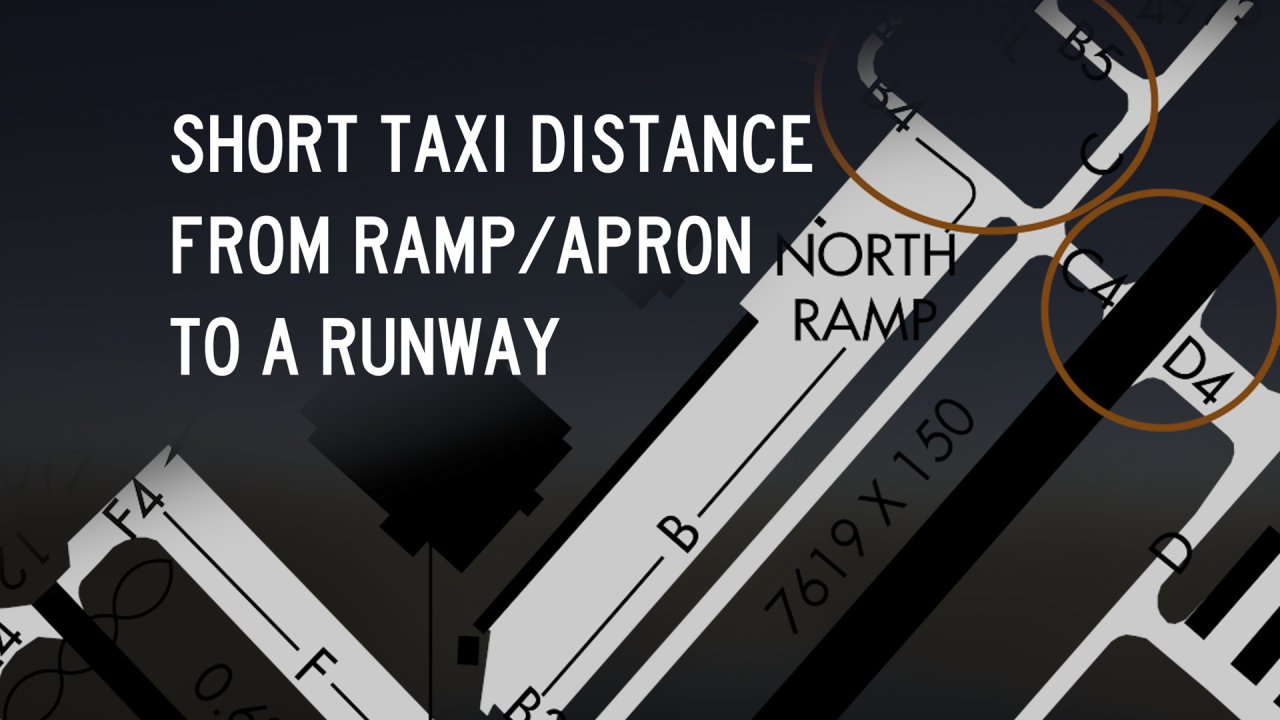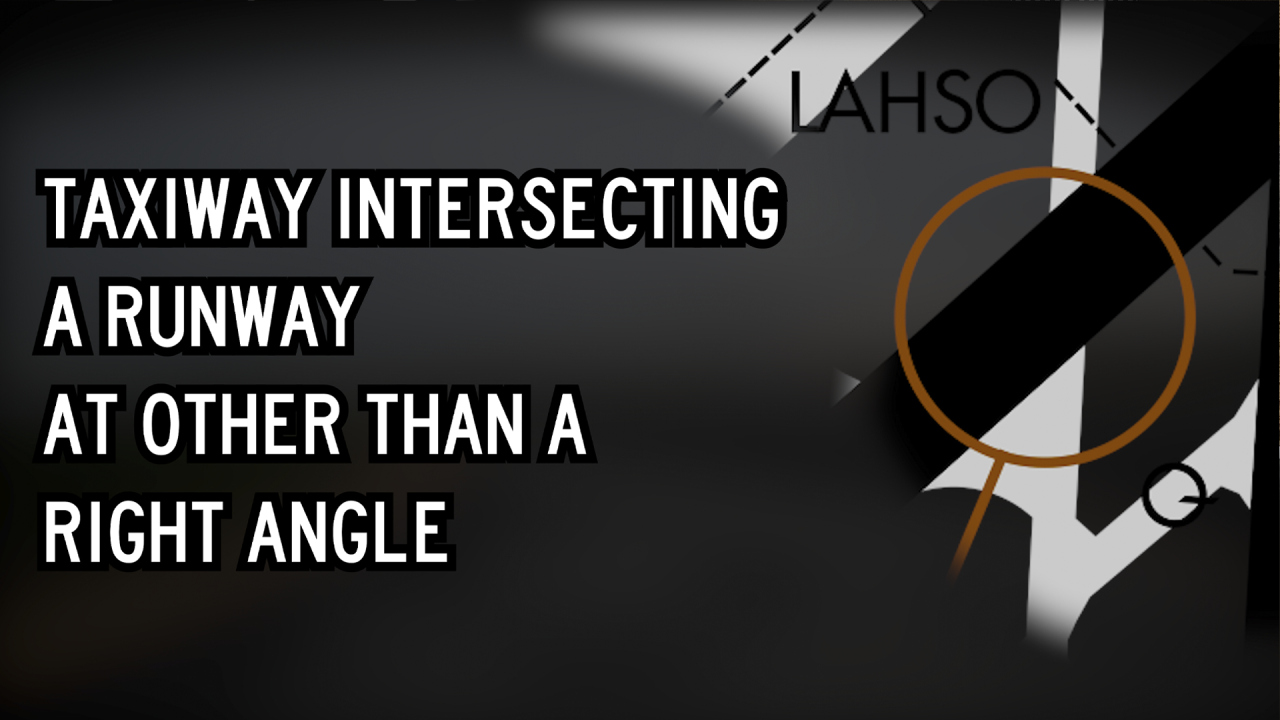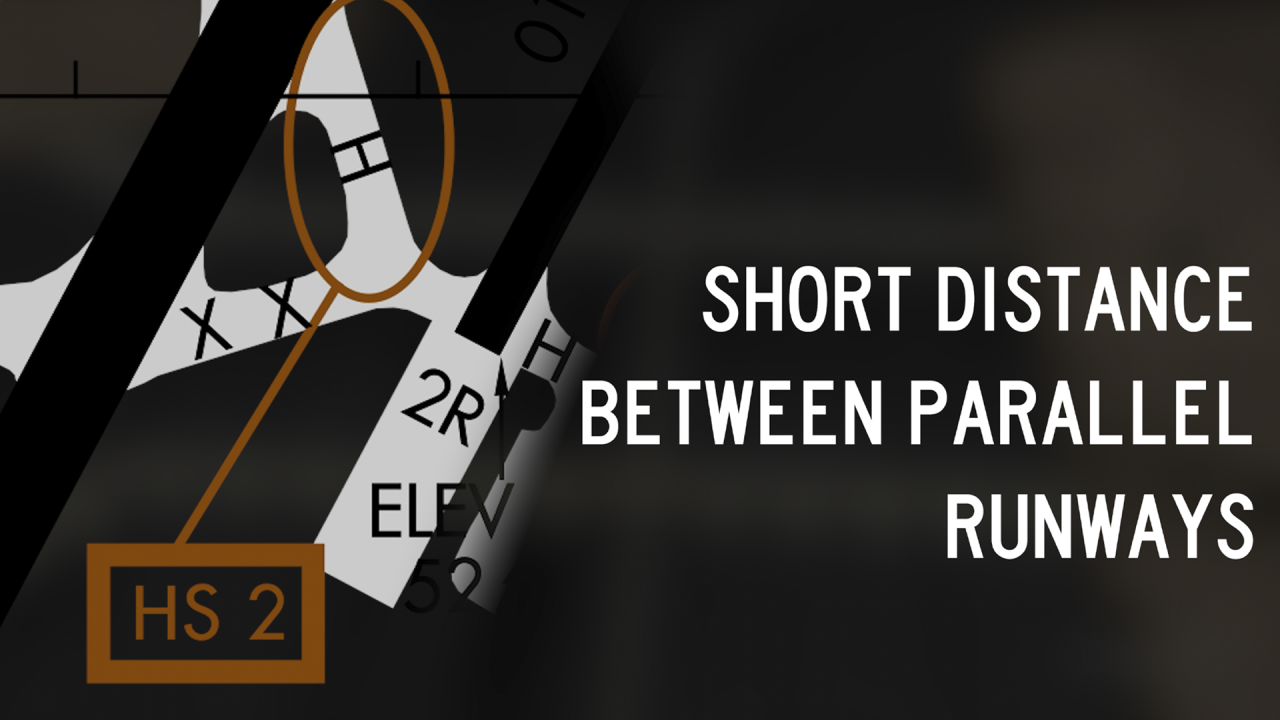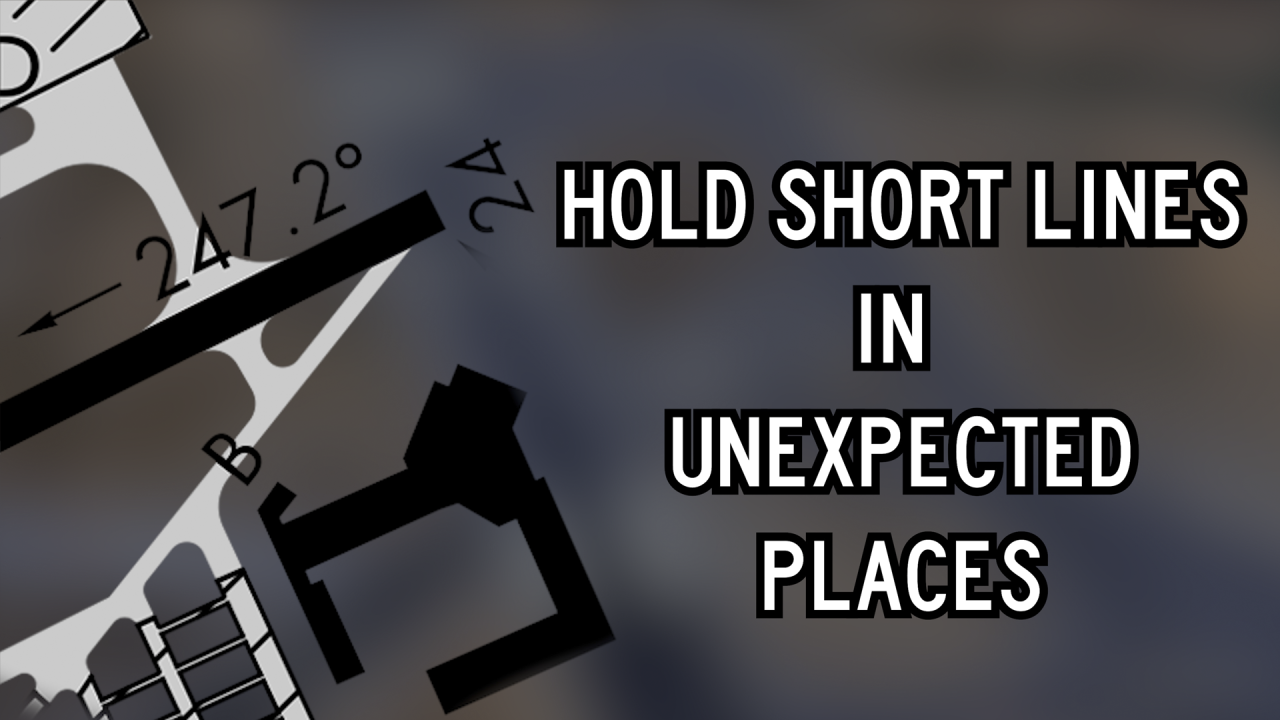Complex Airfield Geometry
Airfield geometry challenges are inherent in airport design. While nonstandard geometries are being corrected throughout the NAS, this video series is intended to bring pilot awareness to the types of challenges they will see and ways to avoid these challenges.
In reviewing runway safety data, the FAA identified seven airfield geometry configurations that most frequently lead to pilot challenges resulting in runway incursion and developed videos on these challenges. This series of seven short videos on Complex Airfield Geometry is part of the From the Flight Deck video series. Click to view the videos below or read more about them. You can also learn more about From the Flight Deck, check out a map of all current and forthcoming airport video locations, or watch From the Flight Deck videos on other general aviation safety challenges pilots may encounter.
- Complex Airfield Geometry #1: Direct Access To Runways From Ramp Areas: This is the first of seven videos in our From the Flight Deck - Complex Airfield Geometry series. When exiting a ramp area, hold lines may approach quickly. Pilots may not observe them, and cause a runway incursion.
- Complex Airfield Geometry #2: Short Taxi Distance From Ramp or Apron To Runway: This is the second of seven videos in our From the Flight Deck - Complex Airfield Geometry series. When a parallel taxiway is located between the ramp and runway, pilots can miss their turn onto the taxiway, and instead cross it and incorrectly enter the runway. Due to the proximity of the runway to the ramp or apron area, in some cases, pilot distraction has been the cause of such issues.
- Complex Airfield Geometry #3: Taxiway Intersecting Runway at Non-Right Angle: This is the third of seven videos in our From the Flight Deck - Complex Airfield Geometry series. Taxiways may intersect runways at other than a right angle. It is very important for pilots to be familiar with markings and signage. In addition, constantly scanning for these visual aids will help pilots maintain their situational awareness at all times.
- Complex Airfield Geometry #4: Wide Expanses of Taxiway Pavement Along A Runway: This is the fourth of seven videos in our From the Flight Deck - Complex Airfield Geometry series. Wide expanses of taxiway pavement entering or along a runway, may cause the loss of situational awareness for pilots and drivers, where correct visual perception is key to ensuring they know where they are and where the runway is.
- Complex Airfield Geometry #5: Short Distance Between Parallel Runways: This is the fifth of seven videos in our From the Flight Deck - Complex Airfield Geometry series. A short taxiway distance between runways reduces the area where aircraft may safely hold short between runways. In particular, when exiting a parallel runway, the hold short markings for the other runway may be encountered much sooner than expected, leading the pilot to unintentionally cross the hold lines or enter the runway.
- Complex Airfield Geometry #6: Runway Thresholds In Close Proximity: This is the sixth of seven videos in our From the Flight Deck - Complex Airfield Geometry series. When runway thresholds are in close proximity, or a connecting taxiway coincides with the intersection of two runways, pilots must be cautious and ensure that they depart the correct runway. Always confirm that your heading matches the runway on which you have been cleared to takeoff, BEFORE applying take-off power.
- Complex Airfield Geometry #7: Hold Short Lines In Unexpected Places: This is the last of seven videos in our From the Flight Deck - Complex Airfield Geometry series. Hold short lines may be significantly further away from the actual runway entrance than expected when operating on parallel or adjacent taxiways. These hold short lines protect various imaginary safety surfaces.

